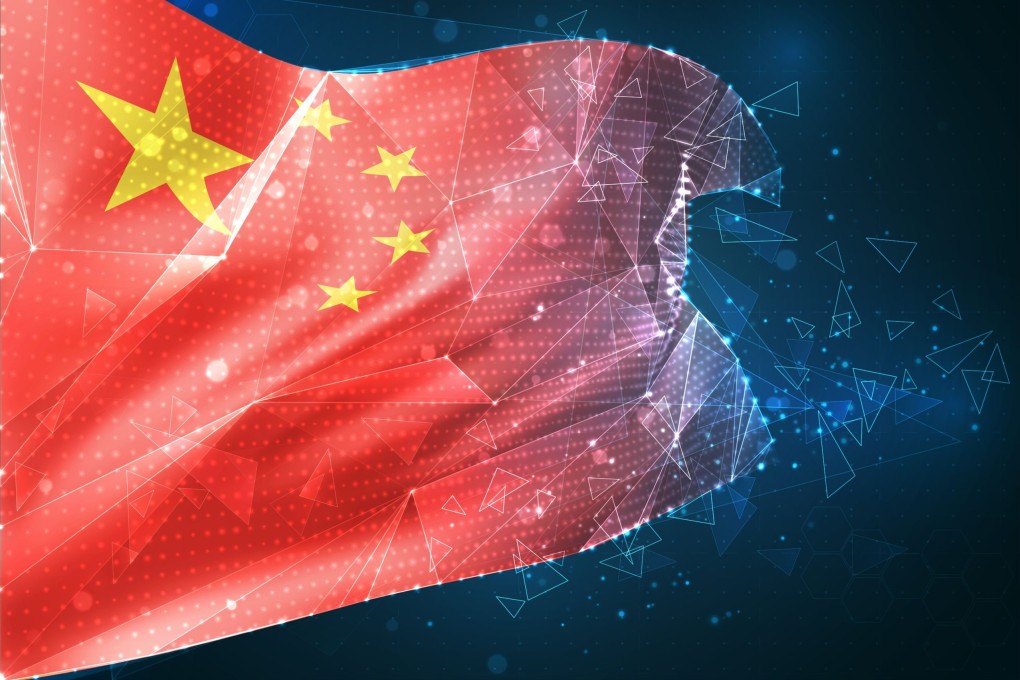China needs ‘holistic approach’ to meet military modernisation goals
- Leading PLA researcher says traditional equipment-oriented development no longer fit for purpose in fast-moving defence landscape
- Research, trials and even deployments can take place in parallel to meet challenges of smart technologies, he says

“A holistic approach in scientific research is a highly efficient way of organising and allocating [our] national defence research efforts,” he wrote, in an article published on Monday by Study Times, the Central Party School’s official newspaper.
“It has significant value in addressing the problems of the long process of development of innovative technologies for national defence, the large number of stakeholders involved, and the demand for high efficiency in the innovation process.”
The article appeared against a backdrop of increased investment in smart technologies as China speeds up its drive to “basically complete” its modernisation of the PLA by 2035, with ambitions of achieving a “world class” military by 2049.
Wang’s institute was established in 2017 under the Academy of Military Sciences as part of a PLA overhaul and has recruited a large number of young and civilian scientists in recent years.